These wild radishes were in full bloom this past weekend on Amelia Island which is right on the Florida-Georgia boarder. They haven’t been blossoming locally (200 miles to the south) but now is a time to start looking for their greens.
The greater mustard family — Brassica — is forager friendly. There are no toxic mustards. Whenever you identify a Brassica — and that’s easy by the blossom — no matter where you are in the world you have an edible. For our purposes there is little difference between a wild radish and a wild mustard. They are used the same way, all parts edible: Leaves, stems, seeds, roots. Where they differ is in where the blossoms are located — distributed along the stem or clustered at the end — the shape of the seed pods, and growth pattern. Radishes have bumpy seed pods which is why they are called the Jointed Charlock. Mustards have smoother seedpods, why it is called just Charlock. Radishes also tend to bend and twist a lot rather than grow straight and tall like mustards. While one can eat them raw they can be tough on the tummy that way. Boiled into greens wild radishes and mustard can be very tasty. The root has a jacket that you can cut along one side then peel off. What’s left can be boiled. Dicing helps. To read more about the wild radish go here, for the wild mustard, here.
This was also the time to visit the island to collect juniper berries. As you may recall from previous newsletters not all junipers are low-growing ornamentals. At least two are trees and that’s the source of juniper berries on Amelia. Every Juniperus silicicola and Juniperus virginiana I saw was heavy with “berries” which are actually small cones. (We will set aside the argument amongst botanists whether there are really two species, a variation, or not even a variation.) Juniper berries are used to flavor game dishes as well as gin. They are also medicinal. To read more about them go here.
I spent the weekend on the Island helping a friend celebrate her birthday at the Blue Heron Inn. I was also there to scout out locations for future foraging classes. One possible location was Egan Creek Greenway. On my first walk through I noticed about three dozen edible species, if one counts mushrooms as well. Because the water is brackish it also supports salt-tolerant edibles such as Glasswort. If there is enough interest in a class there I’ll probably hold two classes on the same weekend, one in Jacksonville and one on Amelia Island.
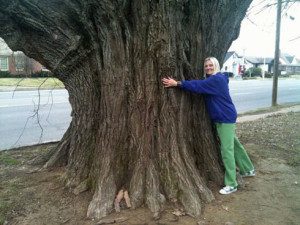
Janice Atkinson-Kiesel hugs the world’s largest sassafras tree once saved by a shotgun-toting granny.
While there I also went on a tour of “Victorian” homes in the area. At one a 12-gauge shotgun was on display. When I asked about it I was told the original “lady” of the house once used a shotgun to stop the destruction of an ash tree on nearby Ash street. Workmen wanted to cut it down to make way for a trolly. Her armed opposition got them to move the trolly a street to the south. Later the trolly service died and the tree still lives. The historian pointed out the tree she saved. It does indeed make the road bulge around both sides of it… except it’s not an ash but rather a very large live oak… Cute story … not unlike one from Owensboro, Kentucky where a woman really did stop a road crew at gun point when their road widening threatened the world’s largest Sassafrass Tree. Her double-barreled insurgency forced the governor to intercede and save the tree.
Botany Builder #30: Peltate, shield-like. When the ancient Greeks fought they did so in a line holding a spear-like pole in the right hand, and a round shield in the left held by a handle in the middle. In fact the Greek word for “okay” means “in line.” Usually a peltate leaf has the stem attached to middle on the underside, like the common dollar weed. Websites say peltate comes from the Dead Latin “Pelta” meaning a small light shield. No. It comes from the older Greek word Peltos, meaning shield. Greeks were defending themselves with peltos centuries before the Roman’s came along.
From The ETW’s Archives: Is this Plant Edible? That is surprisingly not an easy question to answer. Where, when and what is rather important. To read more about that go here.
Though your foraging may drop off during the winter it’s a great time to study wild edibles with my nine DVD set. Each DVDs has 15 videos for 135 in all. They make a great Christmas gift. Order today. Some of these videos are of better quality than my free ones on the Internet. They are the same videos but many people like to have their own copy. I burn and compile the sets myself so if you have any issues I handle them personally. There are no middle foragers. And I’m working on adding a tenth DVD. To learn more about the DVDs or to order them click here.
This is a reminder the Florida Herbal Conference 2014 will be held in Deland in February. Among the speakers will be David Winston, an herbalist and ethnobotanist with over 40 years of training in Cherokee, Chinese and Western herbal traditions. He has been in clinical practice for over 34 years and is an herbal consultant to physicians, herbalists and researchers throughout the USA and Canada. Also for the third year in a row I will be leading weed walks at the herbal conference. The walks are usually first thing in the morning when the air is cool, camp fires warm, and the coffee hot. Although it is the Florida Herbal Conference it draws teachers and students from all over North America.
Because there are five Tuesdays this month there will be no newsletter December 31st. Time to take a mini-vacation from the keyboard.
To donate to the Green Deane Newsletter or Website click here.

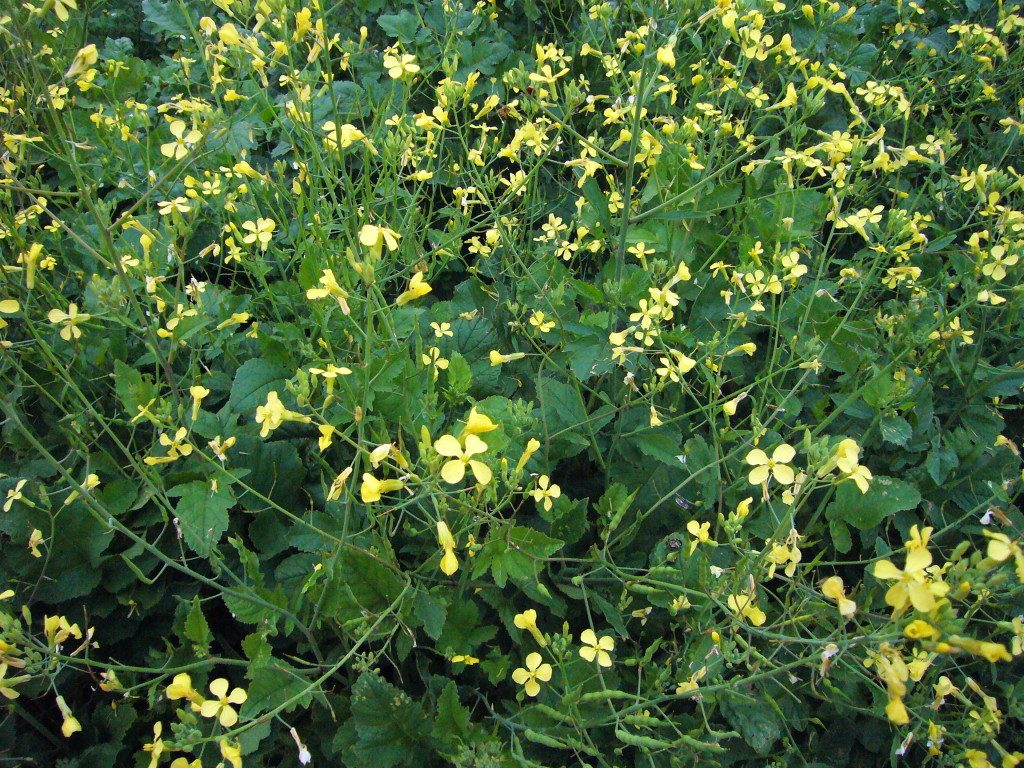
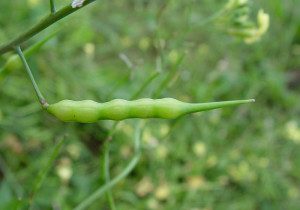
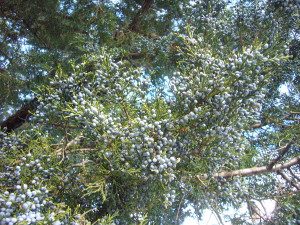
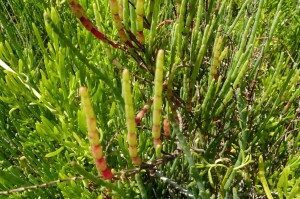
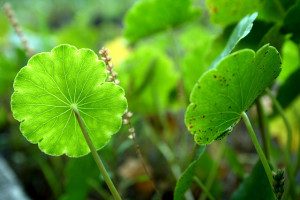
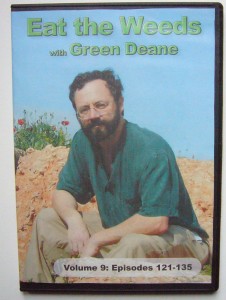
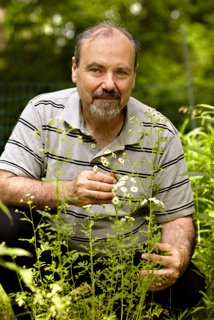

Will u b having a class in deland the week of the conference?
Do u ever ha classes near palm coast thx rb
I haven’s scheduled for February yet, will do that during Christmas vacation. I do have classes in Jacksonville on a regular basis.
Please put a Facebook icon so I can share your great articles
I have virtually no idea what that means or how to do it.
Green Deane….go to http://www.facebook.com and fill out the information on the first page and the follow the prompts. Your Newsletter will be seen by thousands of folks who are interested in finding out what’s edible and what isn’t. Will be watching for you on Facebook so I can “LIKE” your page and then SHARE so others also can visit. Hope to see you soon.
Well…. I have several facebook accounts… but it is the linking that is beyond my technical expertise. More to the point… right now people who want to get my newsletter sign up and get it for free. What is the advantage of linking to facebook? People reading my newsletter without signing up? Is that an advantage?
Dori, look in the upper right hand corner of this page for the F icon and click, then click like or share or whatever you want to do on facebook. Hope this helps.
That is indeed the biggest sassafras tree I have ever seen. I do so love sassafras tea.
Dave,
Your question about “why not the e-mail newsletter” is because all my kids, grands and great-grands RARELY open their e-mail. Drives me nuts! I have to get on Facebook to interact/interface with them. Just a new generation that perhaps will need the information you offer more than ours? Just food for thought.
Connie
YES, YES, if you come to Amelia Island on a Saturday, I am VERY interested to see different weeds, and it’s closer to me than your Jacksonville class that I’ve attended twice. I’ll keep a check on your Foraging Class Schedule. THANKS!
When will you be doing classes in or around Houston again? I’m nearer to Dallas. Any chance you’ll be coming up that way?
Chekc out the link below. I think he is in Houston.
http://www.foragingtexas.com/
Wow…I’ve read LOTS about foraging, and I don’t know another source that is this complete and extensive. I’m gonna tell my husband to get me the DVD’s for xmas. Thanks for all your hard work/love for this ongoing project. And I think Facebook is a great thinig for these things…however, I know many people who are closing their facebook accounts for privacy concerns. Ah, the pendulum do swing back and forth…
HAPPY CHRISTMAS from me, Jackie, in Ukraine, Eastern Europe to all you worldwide foragers of wild, yummy edibles. The only thing that annoys the heck out of me is foraging in winetr when there is such a shortge of good greenery in the shops. Here, in Kieb, from now until Spring in mid April the only thing you see is snow. What about pine needles etc. Is it possible to make a soup from them? Many thanks
Jackie
Slava Ukraini
Pine needles can be used for tea.
Thanks Deane. Perhaps I should be more creative and add ve ggies and thus turn needles into an unusual soup..if you can drink the tea you sure as eggs can turn it into soup! Regards
Both the “Victorian Homes” story about the lady opposing removal of the assumed “Ash Tree” and that of Jenice’s grandmother of Owensboro Kentucky symbolise how humans through persistence and endurance struggle to keep this Earth a better place to enjoy living in. When I was a child (1950’s) , I expressed my opposition against the workmen of Kassala – eastern Sudan – municipality by crying all the time spent during cutting the “Douma Tree” – Hyphaene thebaica – for the sake of constructing a traffic road near my house. Through our childhood we used to eat the sweet hard crust of the dry fruit and suck the sugary liquid of the kernel of the unripe fruit ;that is plus the amusement we had in collecting the fruit. In case of the two stories above, the opposition was so strong that Nature has won the battle. However in my case week opposition made the wrong doers win. The lovely useful “Douma Tree” has gone and the people on both sides of the road are still suffering the traffic noise and carbon monoxide from the exhaust of old cars. Let me thank you for the useful Botany Builder #30 and please correct me if I’m wrong to apply to the leaves of two plants:”Cassava –Manihot esculenta” and the “Water Hyacinth –Eichhornia crassipes” both I keep in my garden.